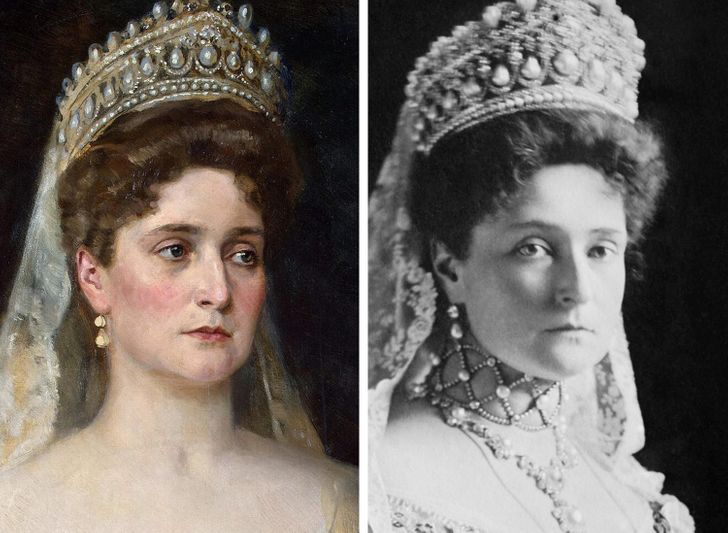Photo editing software like Photoshop is practically ubiquitous today. From minor touch-ups to elaborate composites, we’ve become accustomed to the idea that nearly any image can be manipulated. But what if we told you that the desire to enhance and perfect portraits existed long before the digital age?
Isabella II of Spain (1830 — 1904)
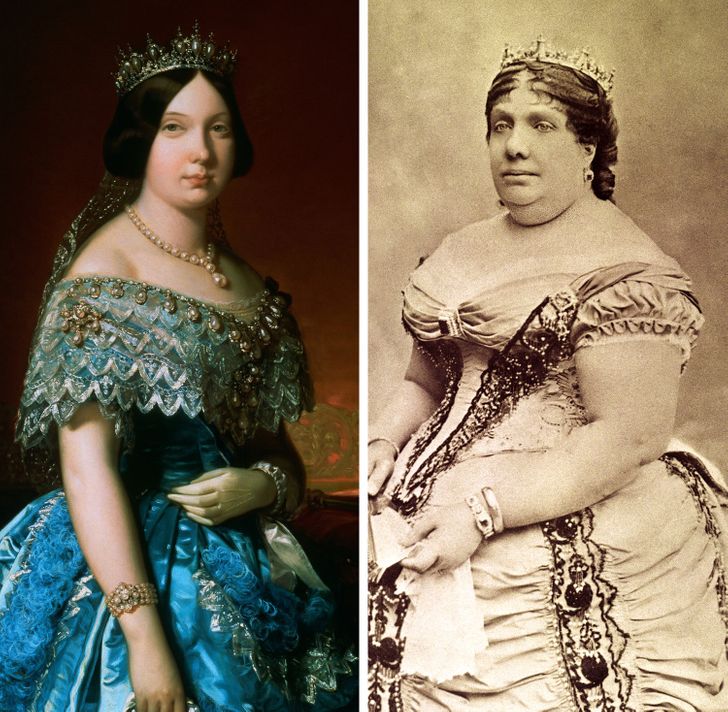
The truth is, people have been striving for flawless portrayals for centuries. While Photoshop may be a recent invention, the concept of photo retouching has roots that stretch back to the very beginnings of photography itself. In the 19th and early 20th centuries, a new breed of specialists emerged: the photo retouchers. These skilled artisans employed a variety of techniques to manipulate photographs, subtly (or not so subtly) altering appearances to achieve a more idealized image.
Mary of Teck, the spouse of George V (1867 — 1953)
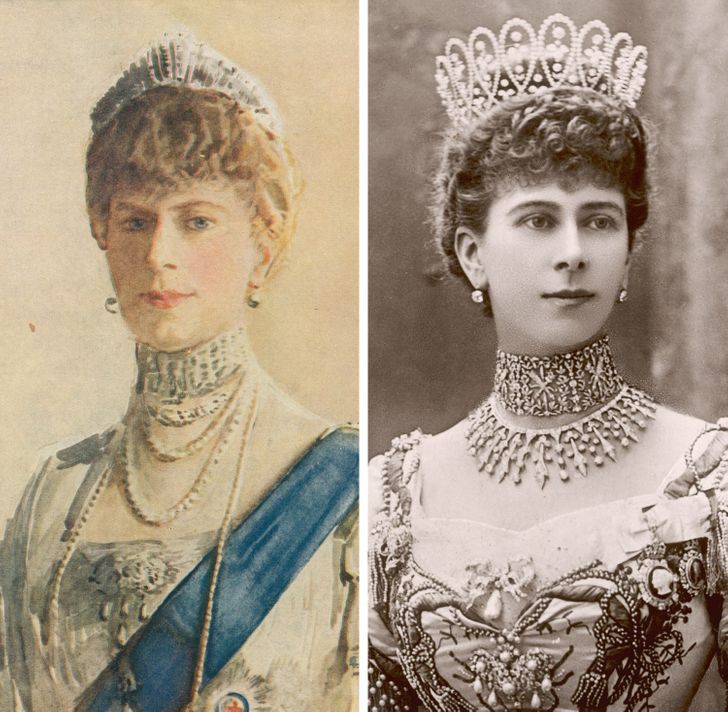
Isabella II of Spain: From Queen to Cover Girl
Elizabeth Bowes-Lyon, the mother of Queen Elizabeth II (1900 — 2002)
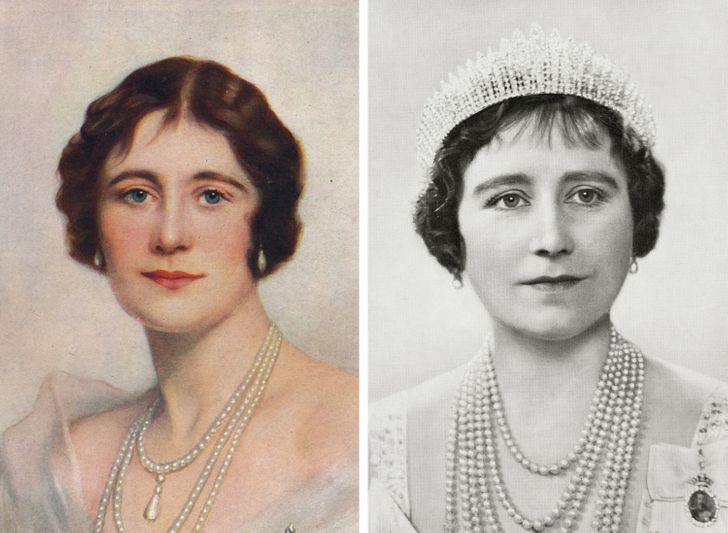
Take, for instance, Queen Isabella II of Spain. A comparison of her photograph and painted portrait reveals a distinct difference in complexion. In the photograph, her skin appears flawless and smooth, while the painting shows a more natural texture. This discrepancy hints at the retoucher’s handiwork, likely employing techniques like scraping away blemishes or strategically applying pigments to enhance the queen’s beauty.
Princess Helena of the United Kingdom (1846 — 1923)
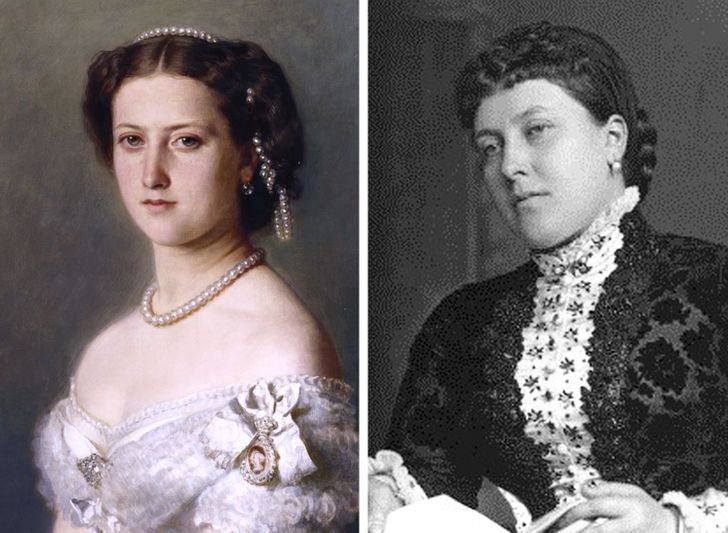
Mary of Teck and Beyond: A Gallery of Enhanced Royalty
Victoria, Princess Royal, German Empress (1840 — 1901)
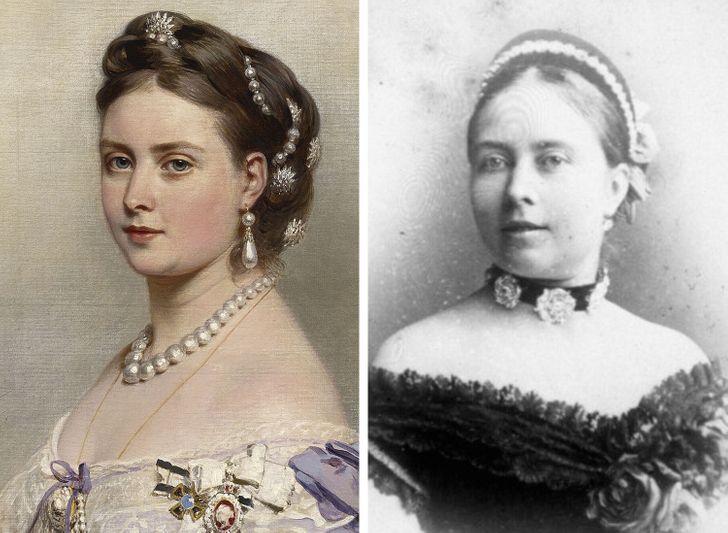
Queen Isabella is just one example. Similar patterns emerge when we examine portraits of other European royalty. Mary of Teck, wife of King George V of Britain, appears with a more defined jawline and brighter eyes in her photograph compared to the painting. Elizabeth Bowes-Lyon, the Queen Mother, also exhibits a difference in skin tone, with the photograph showcasing a more even complexion.
Charlotte of Belgium (1840 — 1927)
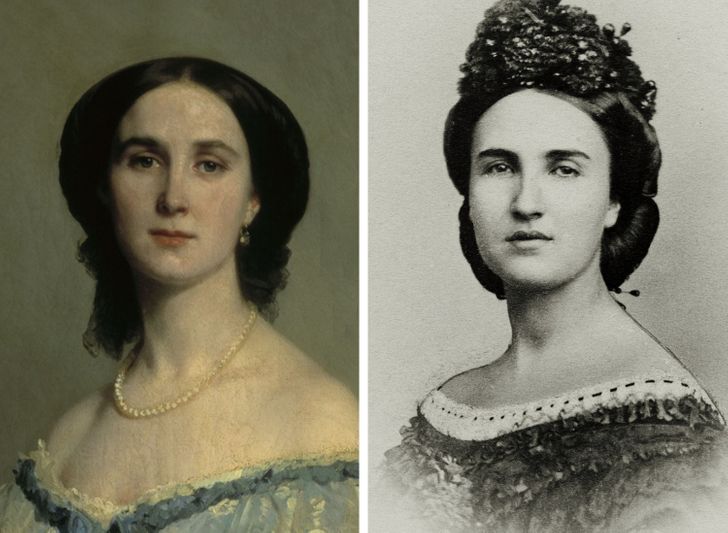
These subtle alterations, while seemingly minor, paint a fascinating picture of the prevailing beauty standards and the lengths people went to achieve them.
Bonus: Vincent van Gogh (1853 — 1890)
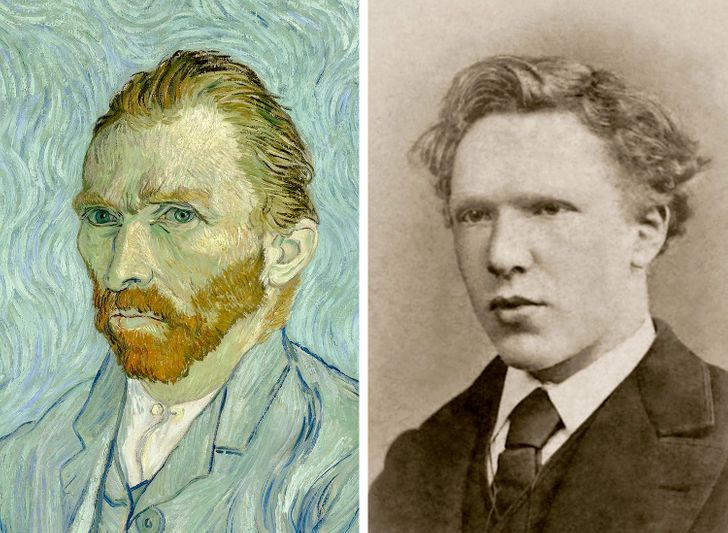
Photo retouching wasn’t just about removing imperfections; it was about crafting an image that projected a specific persona, often one of power, grace, and unwavering beauty.
Sophie of Württemberg, Queen of the Netherlands (1818 — 1877)
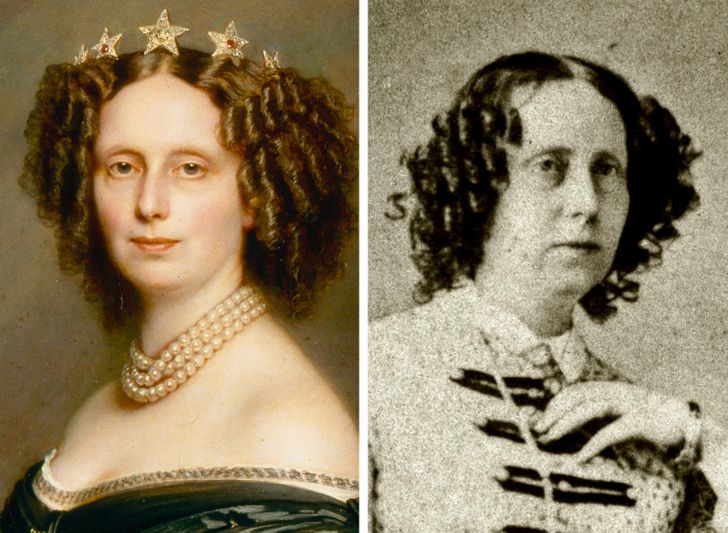
From Royalty to Commoners: The Universal Desire for Perfection
Queen Victoria (1819 — 1901)
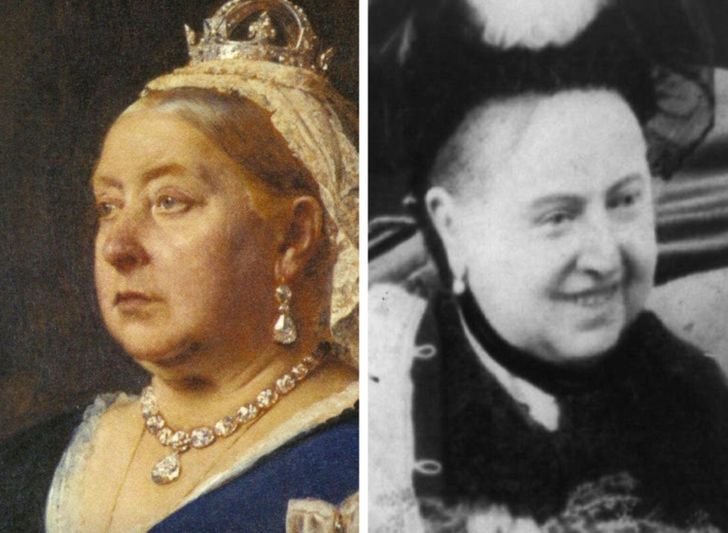
The desire for a flawless image wasn’t confined to royalty. Ordinary people, too, sought to present their best selves in photographs. Techniques like removing wrinkles, softening features, and even adding color (a later innovation) were employed to create a more idealized version of reality.
Maria Christina of Austria, Queen-consort of Spain (1858 — 1929)
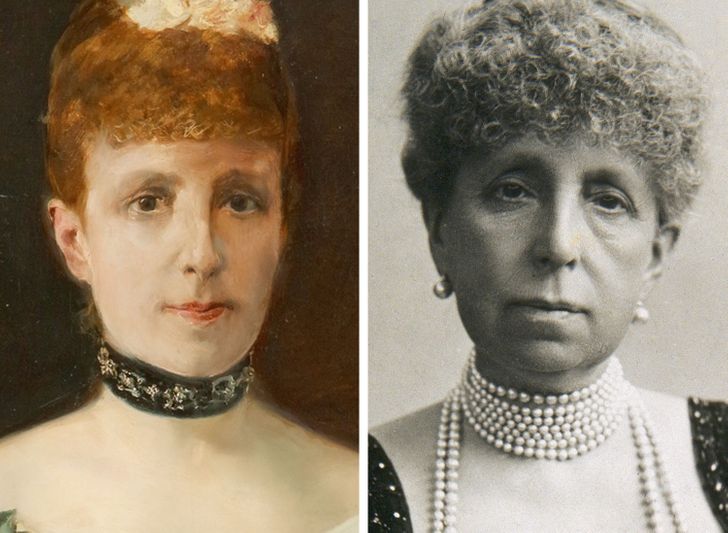
Vincent van Gogh: Unveiling the Man Behind the Brushstrokes
Maria Luisa of Bourbon-Parma, Princess-consort of Bulgaria (1870 — 1899)
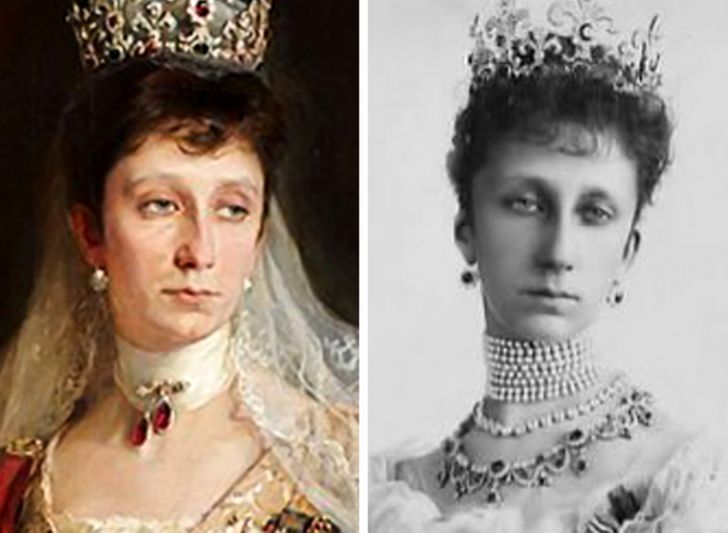
The quest for a perfect image wasn’t limited to photographs. Even painters employed techniques to enhance the appearance of their subjects. A comparison of Vincent van Gogh’s self-portraits with photographs reveals a man who may have downplayed his own handsomeness.
Alexandra of Denmark, the spouse of Edward VII (1844 — 1925)
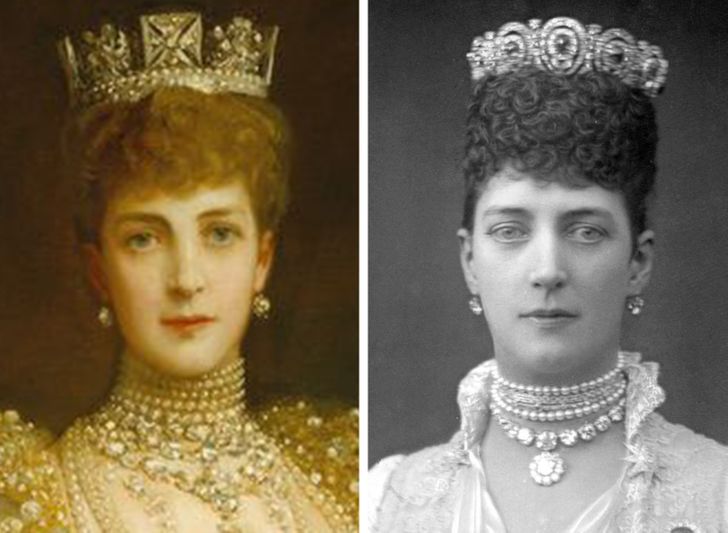
While his paintings often depict him with a gaunt face and rough features, photographs show a more conventionally attractive man, with a fuller beard and a determined glint in his eyes.
Grand Duchess Elena Vladimirovna of Russia (1882 — 1957)
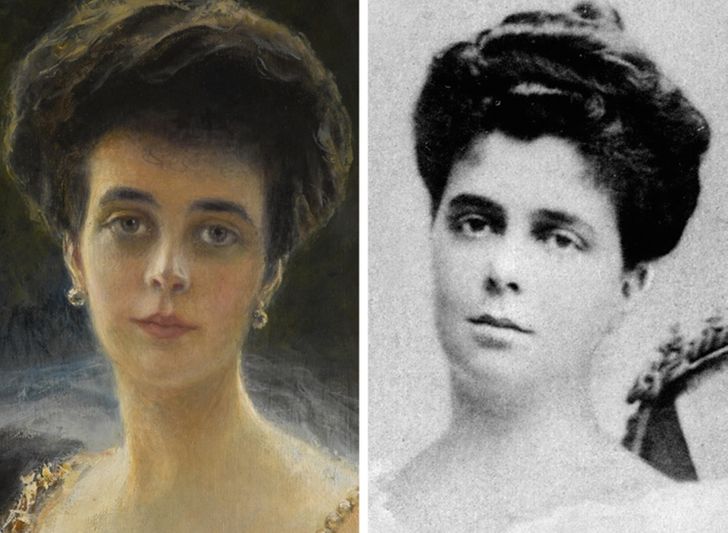
A Legacy of Enhancement: From Analog to Digital
Princess Beatrice of the United Kingdom, Queen Victoria’s fifth daughter (1857 — 1944)
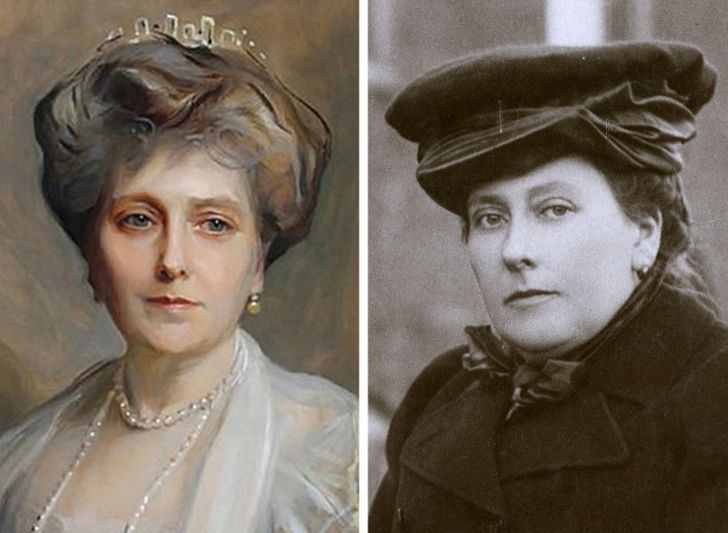
The history of photo retouching offers a fascinating glimpse into our enduring desire to capture and present an idealized image of ourselves. From the painstaking work of early photo retouchers to the one-click filters of modern apps, the pursuit of photographic perfection continues.
Princess Alice of Battenberg, the mother-in-law of Queen Elizabeth II (1885 — 1969)
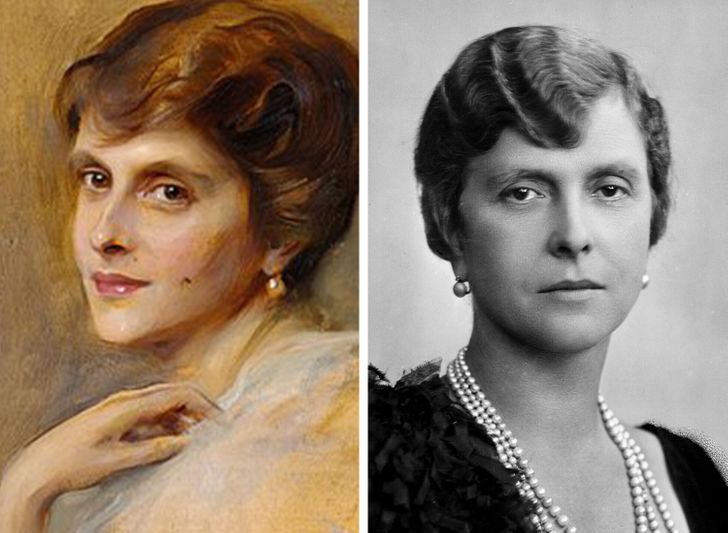
While the technology has evolved dramatically, the underlying human desire remains constant – to project a version of ourselves that feels confident, beautiful, and perhaps, just a little bit better than real life.
Alexandra Feodorovna, the spouse of Nicholas II of Russia (1872 — 1918)
